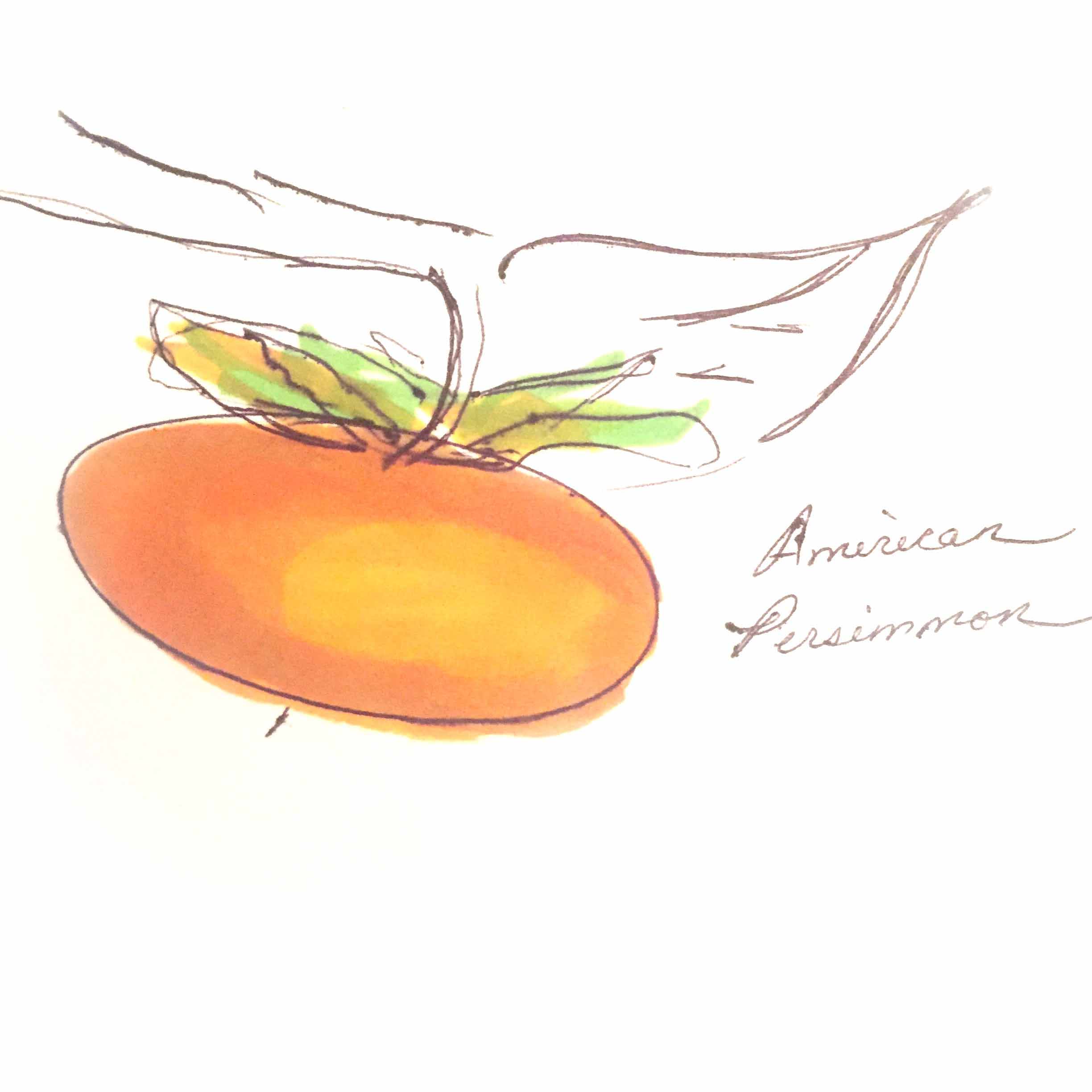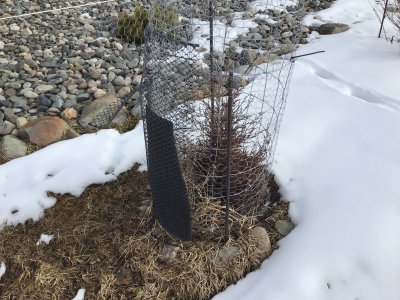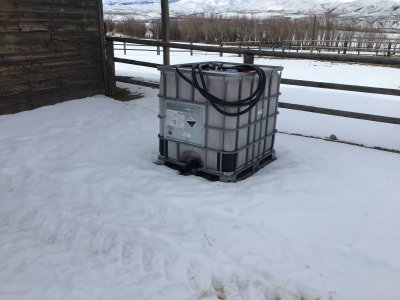I have some persimmon seed I bought in the fall. I have no idea what type they are, I expect American, I believe the seller said they were native. I put them in the refrigerator back when I got them. It's February 20th here in Texas about 60 miles south east of Dallas. Weather right now is mild days in the 60's, nights in 30-40's.
I've planted over 300 trees from seed including oaks, chestnut and pecan. NONE of them lived through the summer here. I dont have access to get them water in the field. Where I have planted trees in the past has been basically open field with no cover or shade. Temps here in July and August regularly get into the 100's for days at a time and we go weeks without rain. Based on weather and my lack of success I have a couple ideas about what might work.
First option is fall planting in September and October. We regularly have 60-70 days until November and December. Fall planting would give the roots a chance to grow and establish before winter and then start again in spring. If I take this route, I'll have to start seeds in pots and transplant in fall. I have some 4x4x12 tall pots that I am using for Chestnuts which I plan to fall plant this year.
Second option is really just a variation. I know there is no way for seedlings to survive in the open here, I've proven that. But I have been letting the fields grow wild. They are growing lots of Mesquite trees and Honey Locust. I could plant in the areas where the Mesquites provide shade. Seedlings would still get plenty of sunlight but might possibly be protected some. I have some areas that were not cleared when I got the property that have Mesquite 20" tall. I could direct seed there and as my previously open areas thicken up seed there in later years.
I'm open to suggestions.
Scott
I've planted over 300 trees from seed including oaks, chestnut and pecan. NONE of them lived through the summer here. I dont have access to get them water in the field. Where I have planted trees in the past has been basically open field with no cover or shade. Temps here in July and August regularly get into the 100's for days at a time and we go weeks without rain. Based on weather and my lack of success I have a couple ideas about what might work.
First option is fall planting in September and October. We regularly have 60-70 days until November and December. Fall planting would give the roots a chance to grow and establish before winter and then start again in spring. If I take this route, I'll have to start seeds in pots and transplant in fall. I have some 4x4x12 tall pots that I am using for Chestnuts which I plan to fall plant this year.
Second option is really just a variation. I know there is no way for seedlings to survive in the open here, I've proven that. But I have been letting the fields grow wild. They are growing lots of Mesquite trees and Honey Locust. I could plant in the areas where the Mesquites provide shade. Seedlings would still get plenty of sunlight but might possibly be protected some. I have some areas that were not cleared when I got the property that have Mesquite 20" tall. I could direct seed there and as my previously open areas thicken up seed there in later years.
I'm open to suggestions.
Scott




